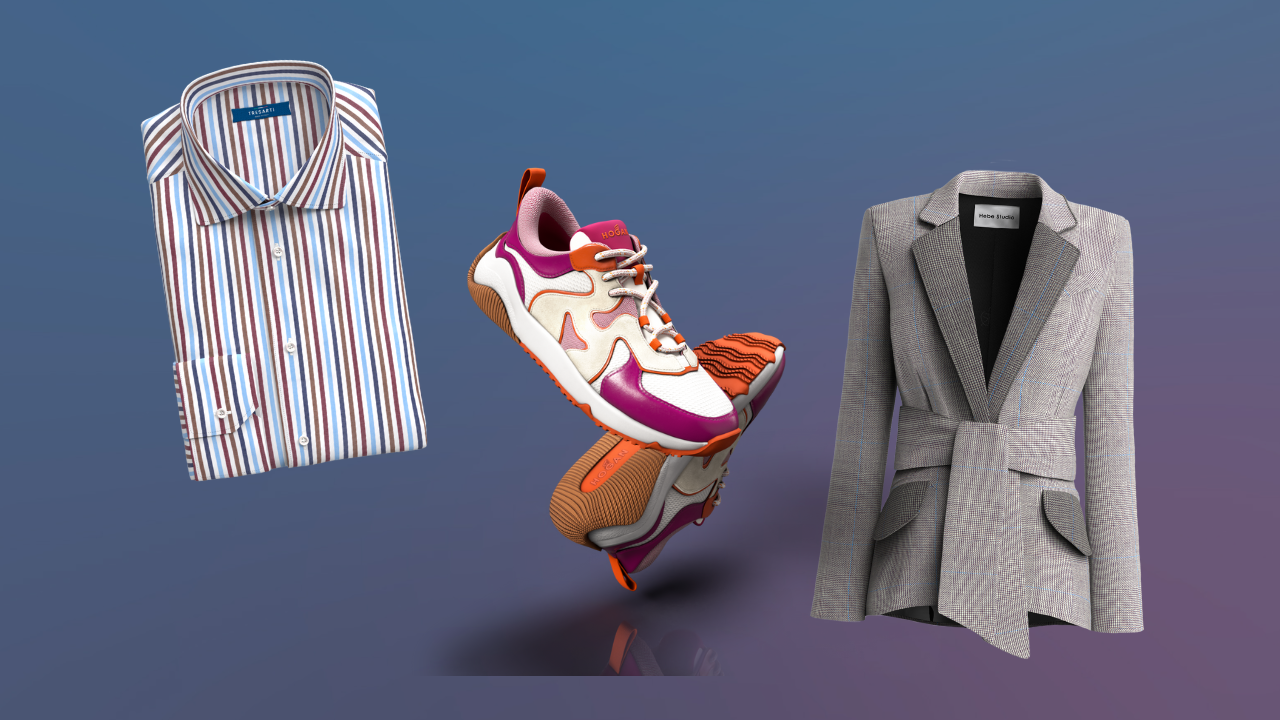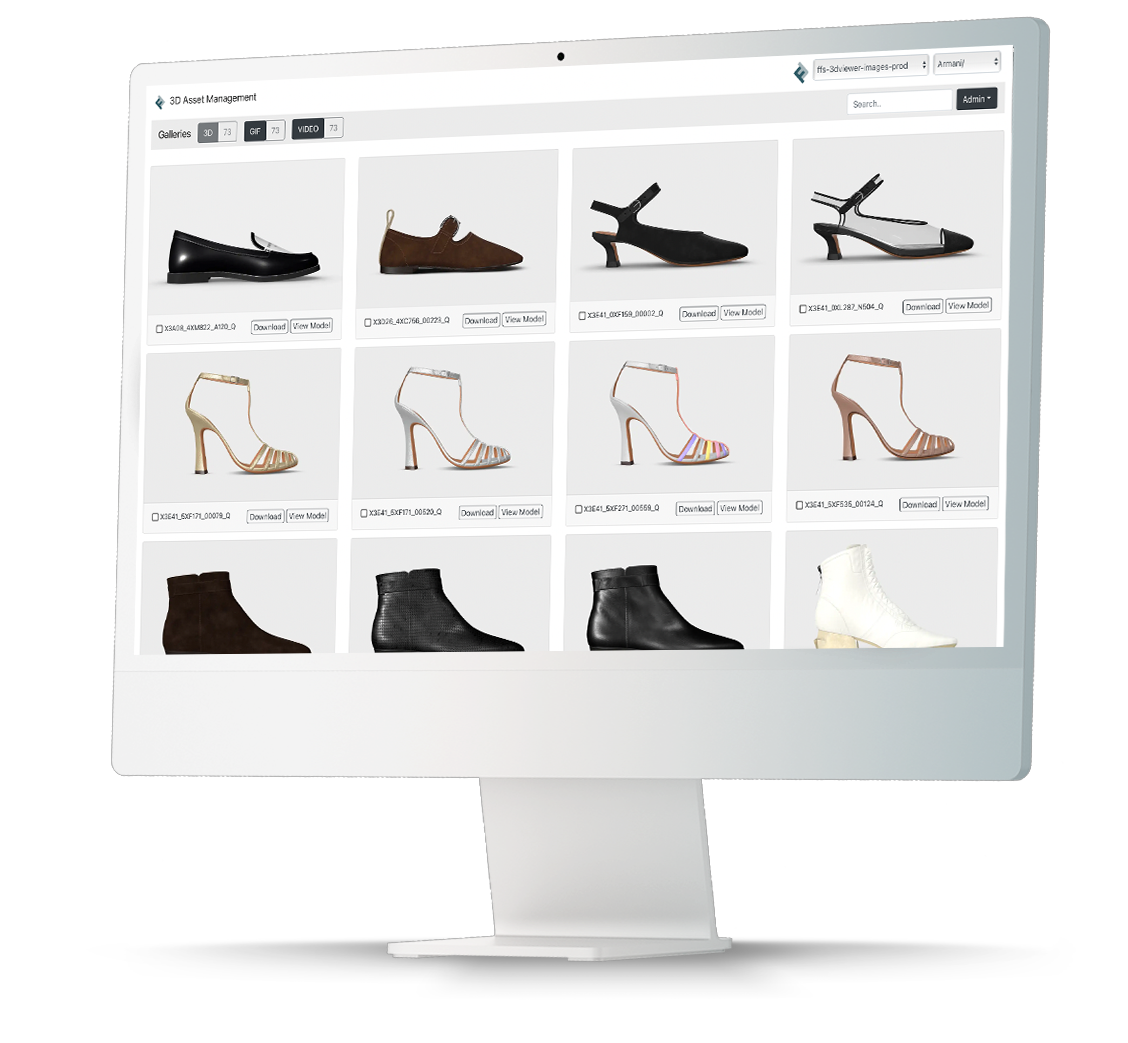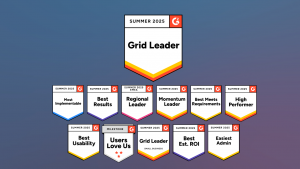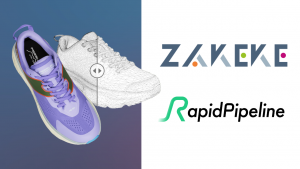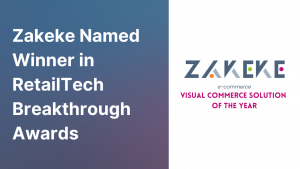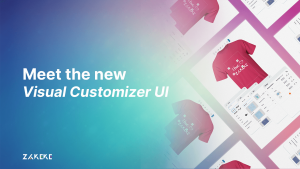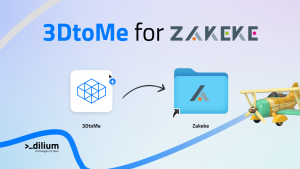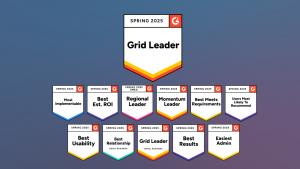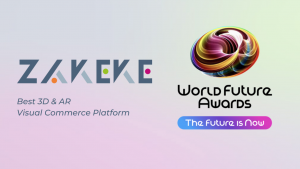The retail industry is undergoing a dramatic transformation, with the emergence of 3D clothing catalogs revolutionizing the shopping experience. Imagine being able to browse through a virtual wardrobe, where you can visualize how a garment fits and drapes on your body, all from the comfort of your home.
The traditional brick-and-mortar shopping is taking a backseat as retailers dive into the world of virtual reality, offering customers an immersive and personalized shopping experience. This advancement in technology is not just a game-changer – it’s a retail renaissance.
In this article, we’ll delve into the fascinating realm of 3D clothing catalogs and explore how they are redefining the way we shop for fashion. From the convenience of virtual try-ons to the environmental impact of reducing stock production, personalized shopping with 3D clothing is reshaping the retail landscape as we know it.
The Power of Personalization in Retail
When it comes to retail, product customization is the key to capturing the hearts and wallets of modern consumers. People crave unique experiences and products that resonate with their individual tastes, and the fashion industry is no exception. 3D in fashion offers a level of immersion and personalization that was previously unimaginable.
Imagine being able to select your body type, skin tone, and even height to visualize how a particular outfit would look on you. The ability to personalize the shopping experience to this level creates an emotional connection between the customer and the product. It’s no longer just about browsing through static images of models; it’s about virtually stepping into the clothing and making it your own.
3D product visualization in retail gives consumers a sense of empowerment, allowing them to confidently make purchase decisions and reducing the likelihood of returning ill-fitting items. With 3D clothing models, static images become obsolete, making way for a new era of immersive and tailored fashion experiences.
Introducing 3D Clothing Catalogs
Traditional flat images and generic product descriptions are left in the dust as 3D models take center stage. It’s time to turn pictures into 3D models! This groundbreaking technology allows shoppers to interact with clothing in a way that was previously unimaginable. From zooming in to examine fabric textures to viewing items from every angle, the immersive experience offered by 3D clothing is unparalleled.
With 3D clothing, consumers can explore the intricate details of each garment, gaining a comprehensive understanding of the product before making a purchase. This level of engagement bridges the gap between online and in-store shopping, offering a dynamic and interactive experience that transcends the limitations of traditional e-commerce platforms. This shift towards 3D clothing catalogs represents a fundamental evolution in the way we shop for clothing.
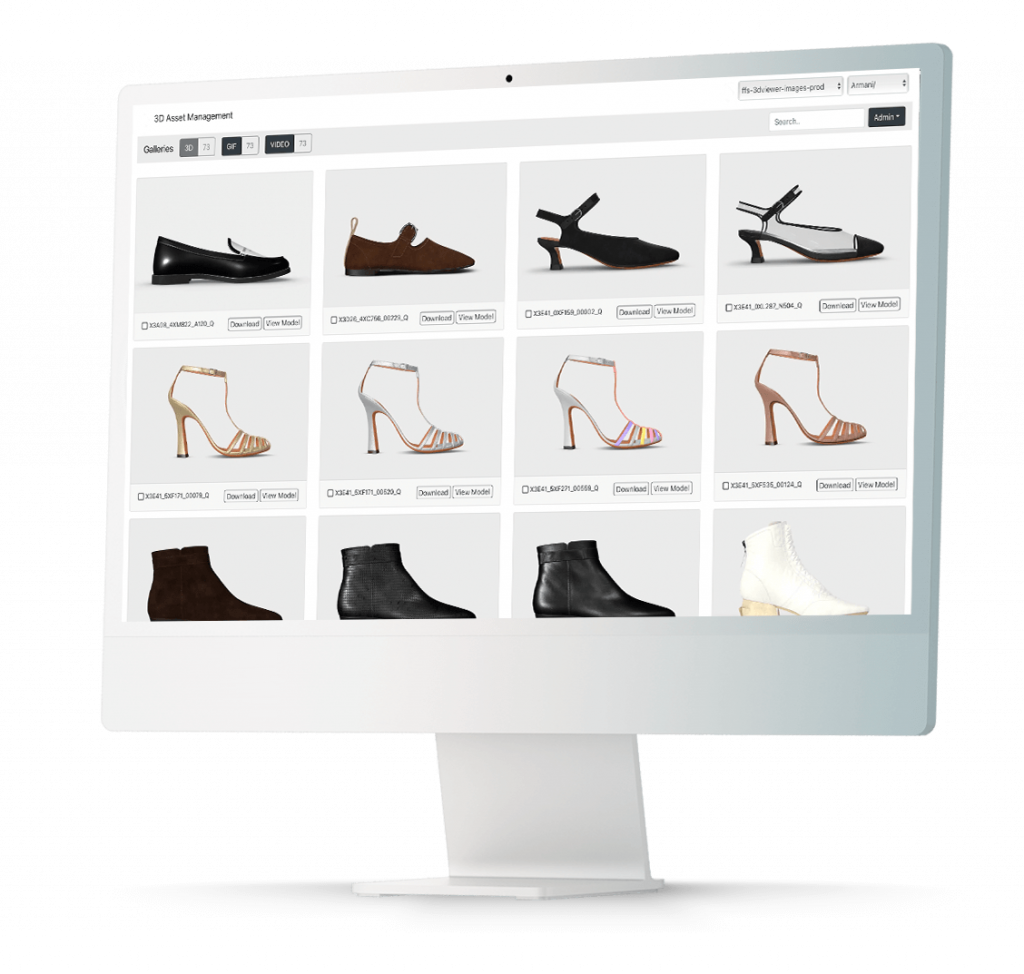
The Power of Virtual Try-On Experiences in The Fashion Field
What if you could try on countless outfits without the hassle of fitting rooms or the frustration of visiting multiple stores? Virtual try-on experiences powered by 3D clothing models are making this a reality. By leveraging Augmented Reality and advanced 3D modeling, retailers can provide customers with a lifelike fitting experience through their smartphones or computer screens.
Virtual try-on clothes experiences enable shoppers to see how garments look on their actual bodies, creating a level of confidence and trust in their purchasing decisions. This not only enhances the convenience of shopping but also minimizes the uncertainty often associated with online fashion purchases. With virtual try-on experiences, you can experiment with different styles, sizes, and colors, empowering you to curate a wardrobe that truly reflects your personal style.
The interactive nature of virtual try-on experiences breathes new life into the fashion shopping journey, fostering a deeper connection between the consumer and the brand. It’s a personalized fitting room right in the palm of your hand, redefining the way we explore, select, and ultimately, purchase clothing.
The Importance of Custom Tailoring and Bespoke Options
3D clothing design software paves the way for an era of custom tailoring and bespoke options that cater to the individual preferences of consumers. Through advanced 3D Configurator software, shoppers can customize garments to their exact measurements, select fabric options, and even personalize design elements, creating truly unique pieces that speak to their sense of style.
This level of customization not only meets the demand for individuality but also aligns with the growing trend of conscious consumerism. By offering custom tailoring and bespoke options, retailers are promoting a mindset of quality over quantity, allowing shoppers to invest in pieces that are made specifically for them, reducing the likelihood of impulse purchases and contributing to a more sustainable approach to fashion consumption.
The ability to create personalized, made-to-measure clothing experiences empowers consumers to move away from the “fast fashion” mentality and towards a more considered and intentional approach to building their wardrobes. 3D clothing catalogs serve as a gateway to a world where each garment is a reflection of its wearer, emphasizing the significance of individual expression within the realm of fashion.
How 3D Clothing Boosts Customer Engagement and Loyalty
In a market where competition is fierce, cultivating lasting relationships with customers is paramount. 3D models in fashion offer a unique opportunity for retailers to engage with their audience in a meaningful and immersive way.
When customers can visualize and engage with products in a personalized manner, it creates a memorable and enjoyable shopping journey. This heightened level of engagement goes beyond traditional online shopping, elevating the connection between consumers and brands. It’s no longer just about making a transaction; it’s about creating an experience that resonates with the customer, leaving a lasting impression that extends far beyond a single purchase.
Furthermore, the data and insights gathered from 3D clothing interactions enable retailers to understand their customers’ preferences and behavior better. By leveraging this information, brands can tailor their offerings and marketing strategies to align with the desires of their audience, further strengthening their position in the market and solidifying customer loyalty.
Potential Impact on Sustainability in The Fashion Industry
The fashion industry has long grappled with sustainability challenges, from excessive waste to carbon emissions. 3D clothing catalogs have the potential to significantly contribute to the industry’s sustainability efforts by reducing the need for physical samples, minimizing returns due to ill-fitting items, encouraging a shift towards thoughtful and intentional purchasing habits, and streamlining inventory management processes.
By offering virtual try-on experiences and custom tailoring options, retailers can minimize the environmental footprint associated with traditional garment production and distribution. The ability to visualize and personalize clothing virtually reduces the reliance on physical inventory, leading to a reduction in overproduction and excess stock, ultimately contributing to a more sustainable and environmentally responsible approach to fashion retail.
Additionally, the shift towards personalized shopping experiences prompts consumers to invest in pieces that have longevity and resonance, promoting a shift away from disposable fashion and towards a mindset of quality, durability, and timeless style.
The incorporation of 3D clothing catalogs into the fashion retail landscape signifies a step towards a more environmentally conscious and sustainable future for the fashion industry, aligning with the increasing demand for ethically produced and environmentally friendly fashion options.
Beyond Clothing: Challenges and Future Of 3D Catalogs
While the potential of 3D clothing catalogs is undeniable, it’s essential to acknowledge the challenges of integrating such innovative technology into the retail ecosystem. From technological infrastructure to ensuring seamless user experiences, there are hurdles that retailers must navigate to fully realize the benefits of 3D clothing catalogs.
Furthermore, there may be concerns regarding data privacy and security as the technology relies on gathering and processing personal body measurements and visual data. Ensuring the protection of consumer information and upholding ethical standards in data usage will be a crucial aspect of implementing 3D clothing catalogs responsibly.
But the most important point to get started with 3D technology in the fashion field relies on choosing the best apparel design and 3D software. You need flexible, easy-to-use software, able to create your 3D catalog in days, not months.
Looking to the future, the potential for 3D catalogs extends beyond just the realm of fashion. The technology can revolutionize various sectors, from furniture and home decor to automotive and beyond. The immersive and personalized shopping experiences facilitated by 3D clothing catalogs are just the beginning of a broader transformation in the way we interact with consumer goods.
Conclusion: The Future of Immersive, Personalized Retail
In conclusion, 3D catalogs are reshaping the fashion landscape, offering unparalleled levels of personalization, engagement, and environmental responsibility. With the potential to revolutionize fashion retail and extend its impact to other industries, 3D clothing represents a future where shopping is not just a transaction but an immersive and personalized experience.
As retailers continue to embrace and refine this transformative technology, the relationship between consumers and brands will evolve, centered on individuality, sustainability, and meaningful connections.
The era of 3D heralds a new chapter in retail – one where each customer is at the centre of their shopping journey, empowered to explore, create, and curate their own unique path through the world of fashion.

VEED
VEED is an online video editing platform that empowers creators to transform their videos with ease. With a team of skilled developers and video editing enthusiasts, VEED is revolutionizing the way people edit and enhance their video content. Through a user-friendly interface and a comprehensive suite of editing tools, VEED enables users to add captivating effects, captions, subtitles, and images to their videos effortlessly.



